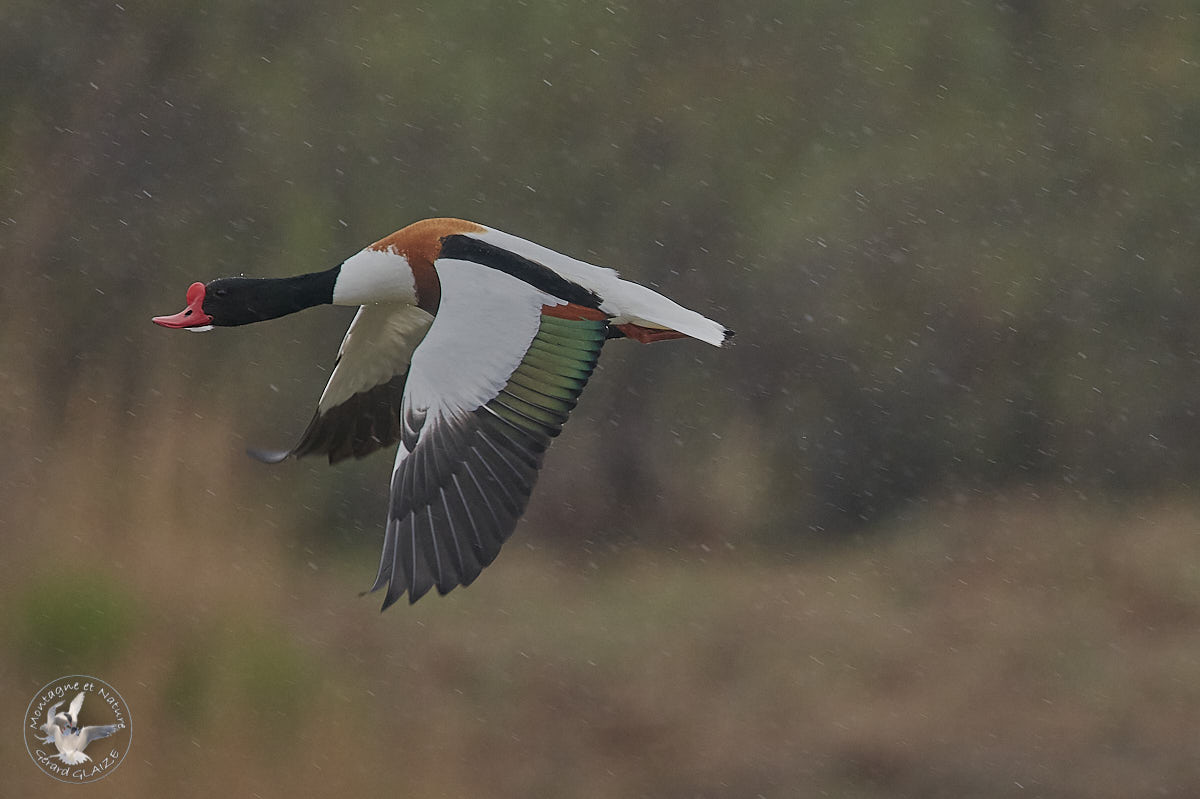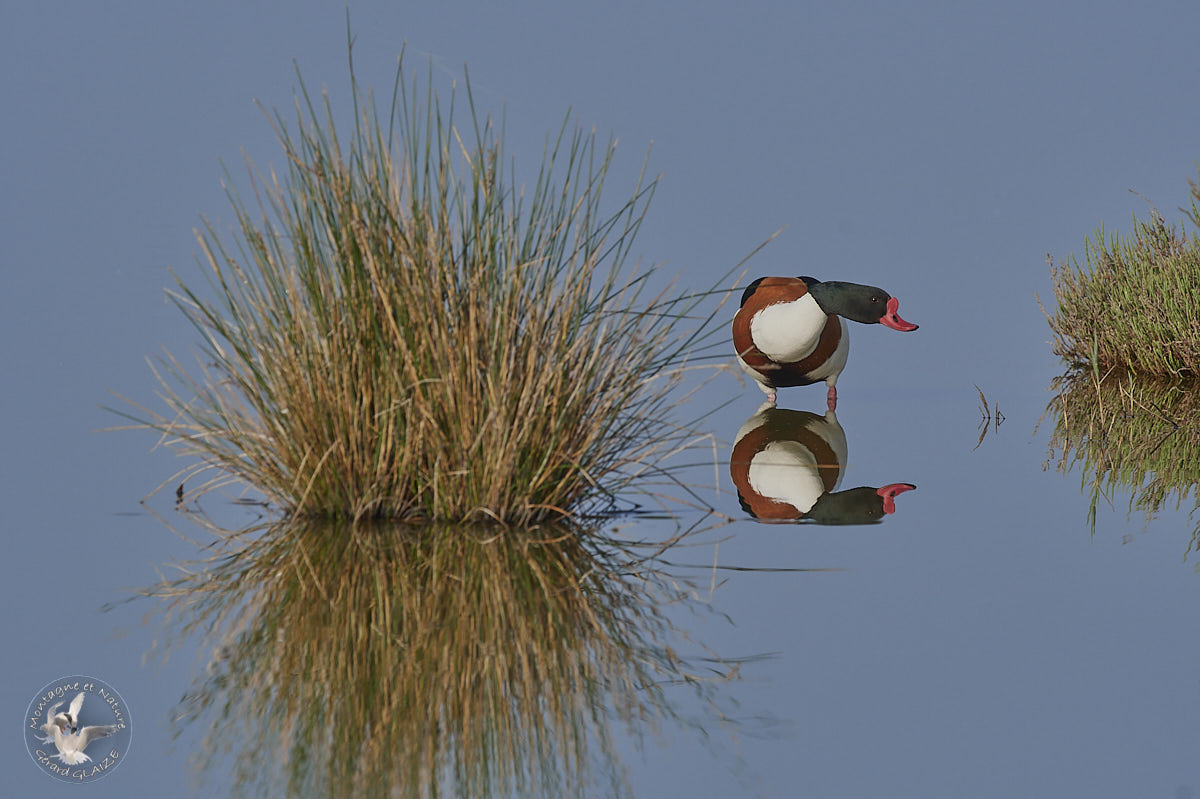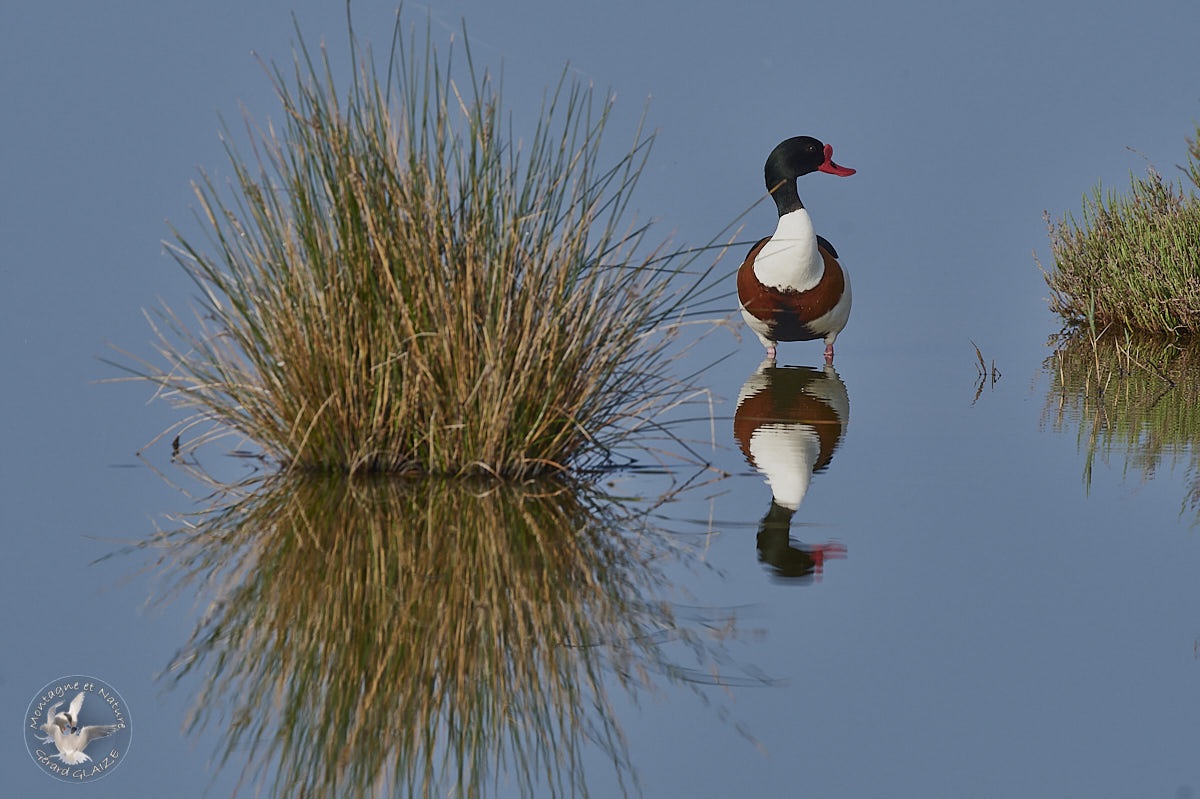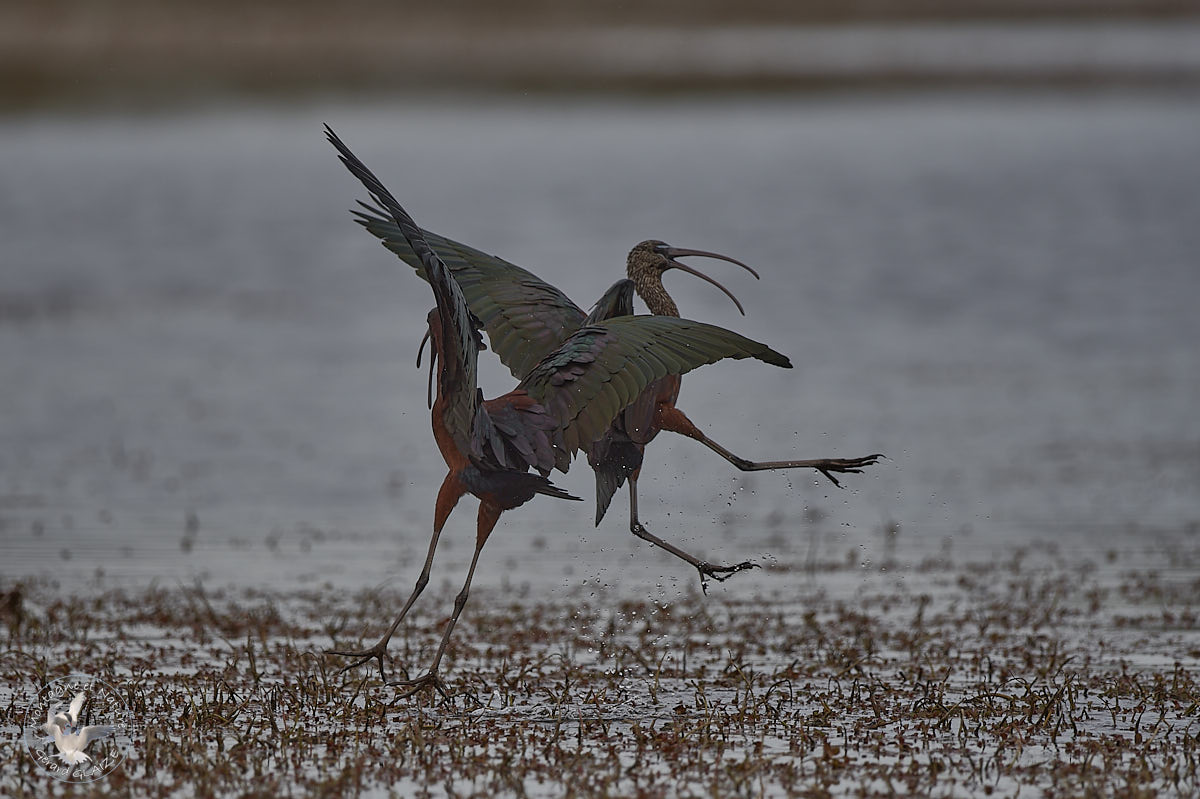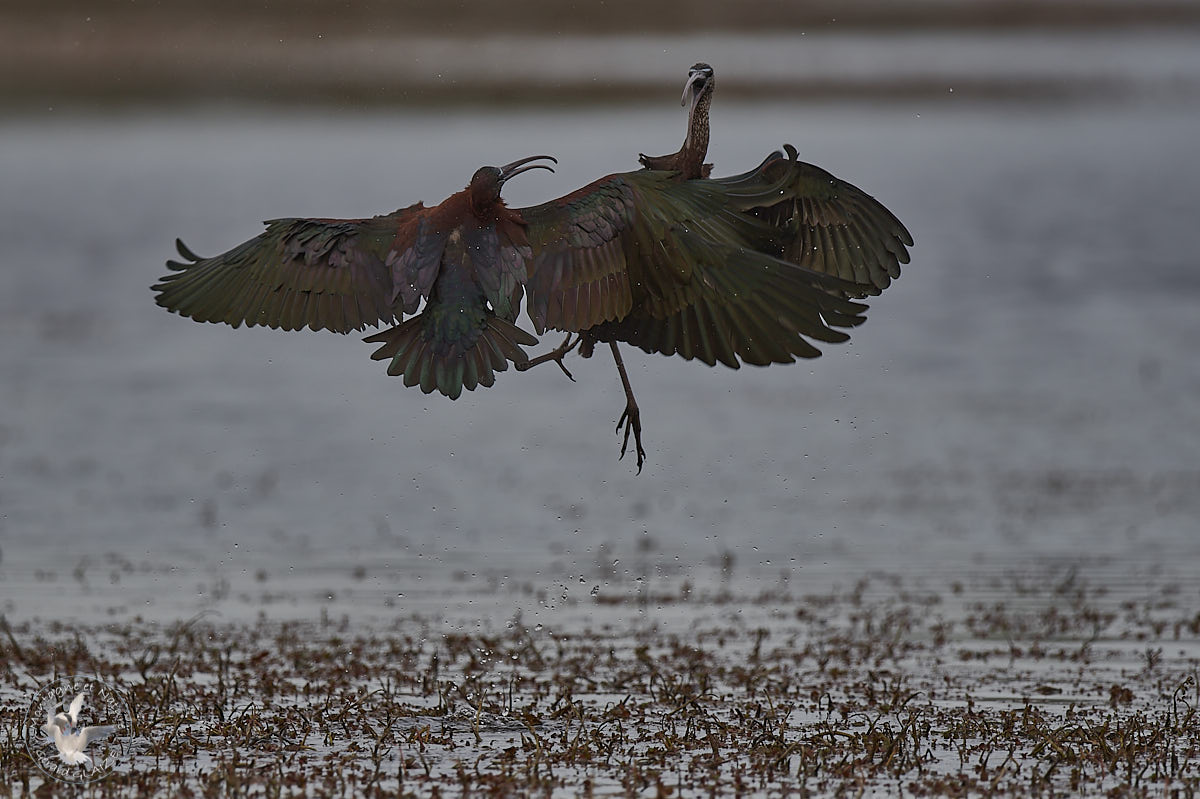Wildlife photography
Posted on 02-07-2021
Some principles on wildlife photography, before purely technical considerations...
Patience :
It must be the first quality of the wildlife photographer, as well as a regular practice of this type of photography.
Knowing the terrain and the environment where you practice is essential to capture interesting photos and avoid disturbing wildlife. The local fauna near your home often makes it possible to take very beautiful photos, without looking for exotic fauna.
Do not hesitate to revisit places or shooting spots, there is always something going on, the key is to be there at the right time. It is not because you did not see anything the previous time that nothing is happening! There is undoubtedly an element of luck in wildlife photography, but by devoting enough time to your shooting projects, you will increase your chances of success.
The light :
The light in the early morning or at the end of the day allows for a superb atmosphere, on the other hand many animals are often very active at daybreak.
The composition :
The scenes are often very fast in animal photography, the animals are often unpredictable, and we forget a little the composition of his image. However, if we know the fauna well and if we observe well we can anticipate the behavior of an animal or a bird.
In wildlife photography, one is often tempted to use large telephoto lenses to get closer to the animal and frame it tightly, but sometimes a larger composition can highlight the environment in which the animal operates.
Speed :
The choice of speed is essential in wildlife photography; high speed is often necessary to avoid motion blur, especially with large telephoto lenses, although the stabilizers have given us some comfort at this level.
However, sometimes a slower speed is preferable in order to make a photo more dynamic (such as the blurring of the wings of a bird in flight).
Focus :
If you have time, always focus on the eyes. (The latest autofocus systems know how to do this, for those who are lucky enough to use this kind of material). The eyes are always the expression of life for all living things.
Discretion :
A few points that seem obvious, but a little reminder is always useful ...
- Avoid noise, Most animals are fearful, have very keen hearing, and excellent eyesight.
- Abrupt gestures.
- Clothes with too showy colors depending on the environment. The hunting section of certain stores makes it possible to find suitable outfits (camouflage according to the environment practiced) and comfortable if necessary.
The sometimes unpredictable aspect of animals is part of the interest that animal photography represents for me.
Some technical considerations for practicing wildlife photography...
Many photographers who are new to this discipline wonder about the photographic equipment needed to practice this discipline.
You should first ask yourself several questions :
- What type of fauna do you consider photographing (birds, small fauna, large mammals ...)
- What environment are you going to practice (marine environment, wet snow, rain), Are you considering using a floating blind.
- What budget do you want devoted to your passion.
The large telephoto lenses style 500mm f/4, 400mm f/2.8 are always the dream of amateur photographers. However, these certainly have advantages but also disadvantages. :
Advantage :
- Optics of very high optical and mechanical quality (tropicalization)
- Very bright optic avoiding too much rise in ISO in difficult light conditions.
- Very nice background blur (bokeh) due to the large aperture of these optics.
Inconvenience :
- First of all, a very substantial budget (more than 10,000 € new ...)
- A weight (more than 3kg for a 500mm f/4), which can be a handicap on the ground. This type of telephoto lens is difficult to use with a free hand, and therefore makes it necessary to use a stand, or at least that of a monopod.
If you are a beginner, If the weight of the equipment turns you off, If your budget is limited, what choice ?
- utilisé un boitier à capteur APS-C, capteur plus petit que le format 24x36 (16x24 chez Nikon - 15x22 chez Canon) qui permet d'avoir un coefficient 1,5 chez Nikon, et un coefficient 1,6 chez Canon, votre 300mm devient ainsi un 450mm ou 480mm sans perte de luminosité. (l'ouverture de l'optique reste identique).
- Use a 300mm f/4 type lens (such as the Nikon AF-S NIKKOR 300mm f / 4E PF ED VR that I use) this lens weighs less than 800gr. Its new price is around 1800 € .
- Use a Canon style zoom EF 100-400mm f/4.5-5.6 L IS II USM, around € 2,200 or Nikon AF-S 200-500/5.6 E ED VR, around € 1,400.
- Use a TC14EII style converter from Nikon, around 520 €, which allows you to have a coefficient of 1.4 (your 300mm becomes a 420mm, however at the expense of brightness because you will lose an aperture) to be reserved for fairly bright optics preferably minimum f4; on an optic opening at f/5.6, the aperture becomes f / 8, and this will have repercussions on the operation of the autofocus, the quality of the background blur, and the rise in ISO...
Personally, I do not recommend the use of a doubler converter type TC20EIII, unless you are lucky enough to have a telephoto lens opening at f/2.8 in fact this type of converter causes you to lose 2 apertures. - Combine an APS-C sensor box with a converter at coefficient 1.4. In this case, your 300mm f / 4 becomes a 630mm f / 5.6 at Nikon. I sometimes use this option which allows me to have a very light equipement.
Some examples in photos :
- Common Shelduck : the interest of these photos is largely linked to the weather condition.
- Glossy Ibis : here it is the behavior of the birds which brings dynamics to these images.
- Kingfisher : here the 500mm telephoto lens allowed me to isolate the bird on its fishing post.
Common shelduck in flight in the rain in the Camargue. I was in an observatory, a little disillusioned by the weather conditions, when I saw this Belon Shelduck in flight ... I like the atmosphere that this photo gives off, although it is not perfect (the Shelduck is a little too advanced on the left part of the image).
 Nikon D500
Nikon D500
 Nikkor 300mm f/4 PF-AFS-VR + Tc14EIII
Nikkor 300mm f/4 PF-AFS-VR + Tc14EIII
 1100
1100
 f/5,6
f/5,6
 1/1250ème
1/1250ème
Common Shelduck on a marsh in the Camargue...
I took advantage of a beautiful morning light, and the total absence of wind (a rare thing in the Camargue) to take this photo with this beautiful mirror effect.
 Nikon D500
Nikon D500
 Nikkor 500mm f/4
Nikkor 500mm f/4
 400
400
 f/8
f/8
 1/1250ème
1/1250ème
 Nikon D500
Nikon D500
 Nikkor 500mm f/4
Nikkor 500mm f/4
 400
400
 f/9
f/9
 1/1250ème
1/1250ème
At certain times of the year, in particular in the spring when birds are nesting, we can sometimes capture very dynamic scenes, such as these two glossy ibis in the middle of a quarrel...
 Nikon D500
Nikon D500
 Nikkor 500mm f/4
Nikkor 500mm f/4
 125
125
 f/4
f/4
 1/2000ème
1/2000ème
 Nikon D500
Nikon D500
 Nikkor 500mm f/4
Nikkor 500mm f/4
 125
125
 f/4
f/4
 1/2000ème
1/2000ème
Kingfisher - Camargue - In this photo the 500mm telephoto lens on a full frame sensor allowed me to blur the background, and to highlight the Kingfisher on his fishing post.
 Nikon D4
Nikon D4
 Nikkor 500mm f/4
Nikkor 500mm f/4
 800
800
 f/6,3
f/6,3
 1/1250ème
1/1250ème
Quote of the moment
L'homme déboula sur la Terre,
- zigouilla les bêtes,
- fissionna l'atome,
- traficota le gène,
- modifia les organismes,
- acidifia les sols,
- plastifia les mers,
- et barbouilla l'atmosphère.
All this in such a short time: what talent !
Then he named "harmful" those who did not participate in the company.
Quote from Sylvain Tesson
